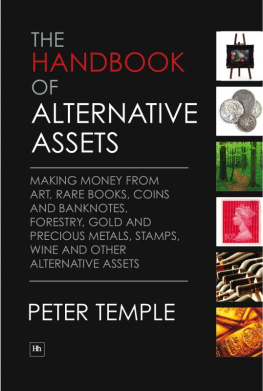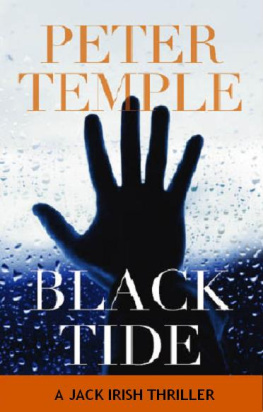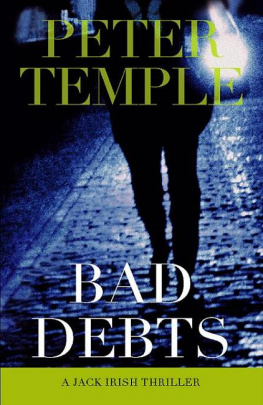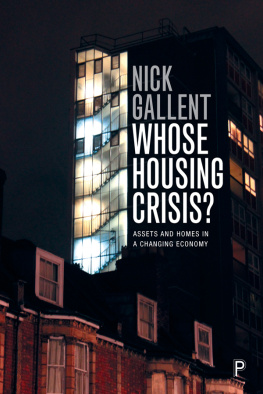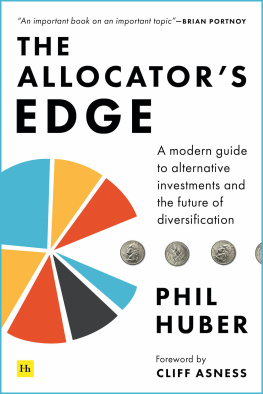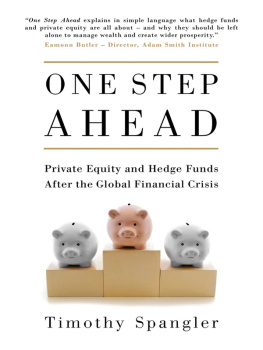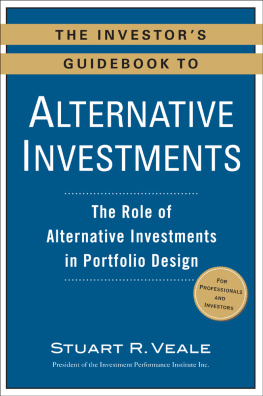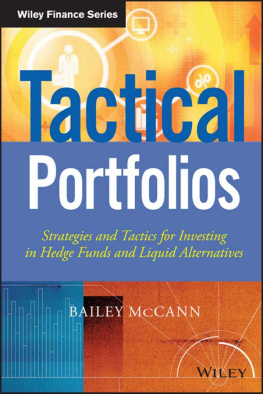Peter Temple - The Handbook of Alternative Assets: Making Money from Art, Rare Books, Coins and Banknotes, Forestry, Gold and Precious Metals, Stamps, Wine and Other Alternative Assets
Here you can read online Peter Temple - The Handbook of Alternative Assets: Making Money from Art, Rare Books, Coins and Banknotes, Forestry, Gold and Precious Metals, Stamps, Wine and Other Alternative Assets full text of the book (entire story) in english for free. Download pdf and epub, get meaning, cover and reviews about this ebook. year: 2011, publisher: Harriman House, genre: Romance novel. Description of the work, (preface) as well as reviews are available. Best literature library LitArk.com created for fans of good reading and offers a wide selection of genres:
Romance novel
Science fiction
Adventure
Detective
Science
History
Home and family
Prose
Art
Politics
Computer
Non-fiction
Religion
Business
Children
Humor
Choose a favorite category and find really read worthwhile books. Enjoy immersion in the world of imagination, feel the emotions of the characters or learn something new for yourself, make an fascinating discovery.
- Book:The Handbook of Alternative Assets: Making Money from Art, Rare Books, Coins and Banknotes, Forestry, Gold and Precious Metals, Stamps, Wine and Other Alternative Assets
- Author:
- Publisher:Harriman House
- Genre:
- Year:2011
- Rating:5 / 5
- Favourites:Add to favourites
- Your mark:
The Handbook of Alternative Assets: Making Money from Art, Rare Books, Coins and Banknotes, Forestry, Gold and Precious Metals, Stamps, Wine and Other Alternative Assets: summary, description and annotation
We offer to read an annotation, description, summary or preface (depends on what the author of the book "The Handbook of Alternative Assets: Making Money from Art, Rare Books, Coins and Banknotes, Forestry, Gold and Precious Metals, Stamps, Wine and Other Alternative Assets" wrote himself). If you haven't found the necessary information about the book — write in the comments, we will try to find it.
Alternative assets offer a proven means of diversifying your financial portfolio away from the volatility of the markets. In the past, investors have looked to property, hedge funds or private equity to accomplish this - but the safety and high returns they sought there have perished in the wake of the 2007-2009 financial crisis. As an antidote to this, experienced investment writer Peter Temple here introduces those tangible, and often portable, assets whose returns are impressive but whose value is not so subject to unsustainable bubbles or precipitous collapse.
Including everything from fine wine and rare books to stamps, art and diamonds, these alternative assets can serve as a store of value in the good years as well as in troubled times. Often with restricted supply they offer real security of value. And, though their value is concentrated in capital growth, their liquidity is often impressive; and their aesthetic appeal enduring.
A detailed overview of each sector is presented, including:
- the size and shape of the market, and its key historical and modern trends
- collecting areas and portfolio strategies for investors of all sizes
- the degree of volatility or cyclicality in the market, as well as its liquidity
- the long-term returns that can reasonably be expected based on the past
- whether or not there are tax advantages available
- how best to buy and sell, and through whom.
The book also provides extensive directory resources for where to go for more information - and where to start investing - with each tangible investment area.
This comprehensive and authoritative book shows investors and their advisors how they can use tangible assets as a means of diversifying a portfolio and securing wealth for the long term. It is an essential handbook for anyone interested in making rare, valuable and often beautiful possessions a part of their investment strategy.
Peter Temple: author's other books
Who wrote The Handbook of Alternative Assets: Making Money from Art, Rare Books, Coins and Banknotes, Forestry, Gold and Precious Metals, Stamps, Wine and Other Alternative Assets? Find out the surname, the name of the author of the book and a list of all author's works by series.

